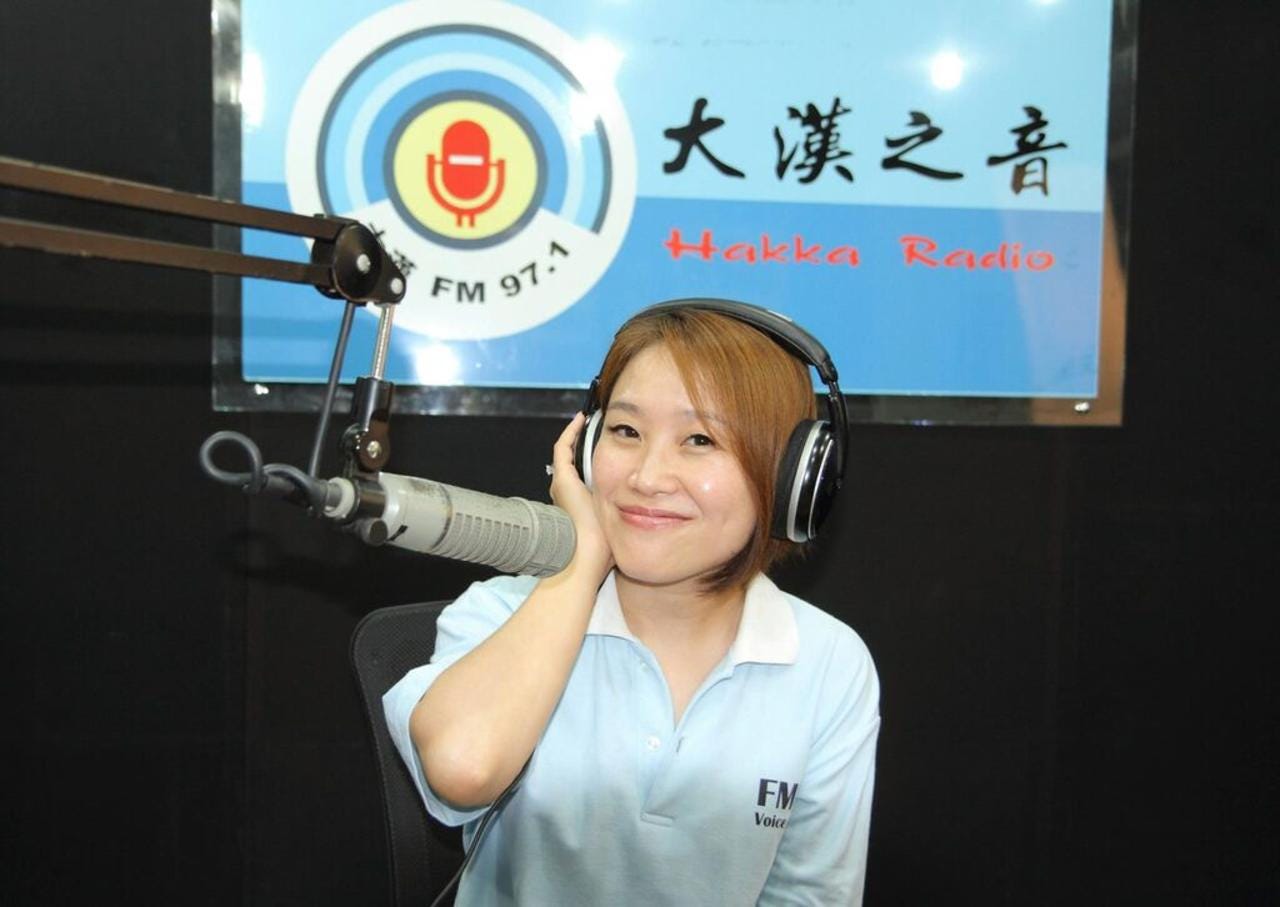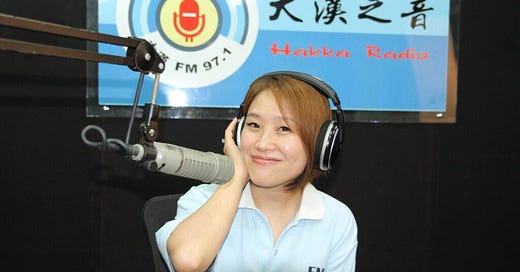How to Save an Ancient Language Before It Disappears Forever
For decades, Taiwan’s minority Hakka people were banned from teaching their native language. Now an unlikely coalition of aging academics and millennial radio DJs are doing all they can to keep it alive.
Photos by Rosalie Chan
It’s 6:30 p.m. at a radio studio in Miaoli, a small city in Western Taiwan. Yin Chang is plugged in. Her headphones are on, and the microphone is adjusted close to her mouth. The lights are dim; a blue banner declaring “Voice of Hakka Radio 97.1 FM” hangs behind her.
Chang, 36, fixes her headphones and pushes a strand of her bobbed hair behind her ear. With a bright voice, she enthusiastically greets the audience: “Hello, tegaho gaihei DJ Yin!” – “Hello everyone, this is DJ Yin!”

Chang hosts a program called Heinai, or “It’s me” in a variety of Chinese known as Hakka, the language of a Han Chinese ethnic group scattered throughout the continent. Heinai is aimed at Hakka youth; i…
Keep reading with a 7-day free trial
Subscribe to Narratively to keep reading this post and get 7 days of free access to the full post archives.



